Have you ever felt that your device charges faster on some cables while it slows down using others? A similar scenario occurs with data sync cables. The choice of cable could be the culprit in this scenario. Choosing the perfect cable with a dedicated design for data sync can improve your data transfer performance. Likewise, getting a cable with materials meant for power delivery could result in faster charging.
How do you differentiate between dedicated data and power cables? Are there cables that are excellent for both applications? This blog will answer all your queries, starting with the basics of cable technology and available options. Then, we will move on to power delivery and data cable selection strategy and tips.
Cable Technology Overview
Wireless data and power transmission technologies are rapidly growing. However, cables remain the superior and cost-effective choice for most users. Before we analyze power and data sync cables in-depth, it's vital to understand the basics and background of data and charging technologies.
Why Use a USB-C Cable and Devices?
We will focus on the Type-C connector throughout the article. The global trend is highlighting the importance of Type-C connectors. Apple, Intel, AMD, and other major manufacturers are adopting USB-C rapidly. Directive 2022/2380 approved by the Council of European Union (EU) sets a deadline for smartphones to adopt USB-C as a standard port by December 28, 2024. For laptops, the deadline is April 28, 2026.
History and Development of USB-C Ports
The journey started in the era of serial port connectors. Then came the USB (Universal Serial Bus) in 1995, which took the world by storm. The primary reasons for its acceptance were a standardized approach and vast outreach. Type-A USB ports that manufacturers made commercially are still staple connections of most computational devices. The most popular connector to date is the USB-C port design.
USB-IF is an organization that manages USB-C connectors and associated technologies. Smartphones, tablets, laptops, desktop PCs, gaming consoles, and theatre systems utilize USB-C ports. It has a reversible oval connector with 8.34mm x 2.56mm dimensions. The connector and receptacle of type-c connection can have advanced or limited capabilities based on its design. We will discuss the design in the later section.

Data Cable vs. Power Cable
The primary purpose of high-quality data cables is to ensure maximum data transfer and that the connected devices operate at their maximum potential. However, modern data cables are not restricted to file transfer. They can communicate video, audio, data, and even PCIe protocols for external cards.
A power cable is a cable that can charge and power your peripheral devices. The design and build quality determine the power-delivering capabilities. Transferring high wattage across a small connector may lead to overheating issues, which require heat-transfer material and integrated chips.
* Note: There are cables that can transfer data and supply power at the same time. We have some examples later in the blog.
Here is a table differentiating Data Cables and Power Cables:
|
Feature |
Data Cable |
Power Cable |
|
Primary Purpose |
Transfer Data Between Devices |
Charge and Power Devices |
|
Data Transfer |
High speed data transfer (USB 3.0, 3.1, 3.2, 4.0 ,Thunderbolt) |
No data transfer |
|
Supported Protocols |
USB protocols for data, video, audio, and potentially PCIe (depending on cable) |
N/A |
|
Power Delivery |
Limited power delivery for device operation |
High power delivery for charging and powering devices (up to 240W or more) |
|
Cable Design |
Simpler design with focus on data transmission |
Thicker gauge wires, heat-resistant materials, and potentially integrated chips for power management |
|
Applications |
Connecting devices for data transfer (e.g., laptop to external hard drive) |
Charging laptops, tablets, phones, and other devices |
Types of Data and Power Cables
USB-A to USB-C
Data Transfer: The cable allows for the connection of a Type-A USB port to a device with a Type-C USB port. It consists of a comprehensive 12mm x 4.8mm connector that is cost-effective and has wide-scale applications. The only drawback is its inability to connect in the reverse direction. However, the other Type-C end is reversible. It is the most popular data cable configuration connecting devices with computers for data transfer or tethering.
The latest USB 3.0 cable can deliver 5Gbps data transfer speeds. When connecting devices that are both USB 3.0 compatible, users can transfer 1GB of files in 5 seconds. Due to its durability, the USB-A connector is ideal for cable routing in permanent setups.
Power Delivery: The USB-A design limits the ability of a Type-A to Type-C cable to deliver power. We will discuss key built-in and design differences that make Type-C connectors superior. A USB-A cable can typically provide a maximum of 5V/2.4A (12W) or 5V/5A (25W) in USB 3.0 specifications.

USB-C to USB-C
Data Transfer: Modern desktop PCs, laptops, smartphones, and tablets rapidly adopt USB-C connections, which require a Type-C to Type-C male connector cable on both ends. A high-end USB-4 compatible cable can support 40 Gbps data transfer speeds. The Thunderbolt interface also uses the same USB-C connector at a similar speed. With their fast transfer capabilities, these cables can also work to provide an 8K at 60HZ resolution.
Power Delivery: Currently, the Type-C to Type-C cables reign over all other cable types for power delivery. Despite being able to transfer data at 480Mbps, these cables can transmit 240W of power. They utilize the USB-IF's latest USB PD3.1 standard, which ensures superior power delivery compared to any other interface.

Technical Differences between Data and Charging Cables
Let's dive deeper into understanding the technical aspects of these cables. As a user, you may need a knowledge base to judge the quality of cable and transmission capabilities. This means knowing their physical and technical features.
Different Parts of a USB-C Cable
A USB-C cable may consist of the following parts:
- Connector
- Connector Housing/Shell
- Nylon or PVC Cable Sheath
- Copper or Aluminum Wires
- E-Marker Chip
Understanding Technical Aspects of USB-C Connector
Type-C, which might seem like a simple 8mm wide oval-shaped connector, packs a huge variety. Modern Windows and Mac laptops feature USB-C PD, USB 4, or Thunderbolt 4 interfaces for 240W power delivery and up to 40Gbps data transfer speeds. Picking the compatible USB-C cable ensures flawless power and data delivery capabilities.
The following are the USB-C connector's physical configurations:
- A typical USB-C connector consists of 24-pin. The number of pins can vary depending on the cable type.
- 16 Pins for Data Transfer
- 4 to Deliver Power
- 4 Ground Pins
*Note: A dedicated power delivery connector may not feature data transfer pins to lower cost. Power-only USB-C cables are convenient in workplaces with crucial data security requirements.
USB PD 3.1 for Power Delivery
USB-IF introduced their latest USB PD Revision 3.1 for their USB-C ports in 2021. It solves charging issues across multiple devices with its extended fixed and adjustable voltage supply range. Here are some of its key features:
- USB PD 3.1 supports 5V, 9V, 15V, 20V, 28V, 36V, and 48V fixed voltage levels.
- Corresponding to the voltage, it can deliver 100W, 140W, 180W, and 240W power.
- It also allows variable voltage mode adjusting to the device above 15V requirements.
- The USB PD3.1 can supply power bi-directionally. It enables devices with a PD3.1 compatible interface to charge in either direction.
- Its inbuilt power management feature allows multiple devices to draw power based on their requirement.
*Note: You will need a certified USB PD3.1 cable to unlock all the above features.
USB 4 and Thunderbolt 4 for Data Transfer
The two most popular, widely available USB communication interfaces are USB 4 and Thunderbolt 4. Their data transfer capabilities boost an identical 40Gbps rate. USB 4 and Thunderbolt 4 connectors look similar, but the built material may vary.
Here is a USB 4 vs Thunderbolt 4 comparison in various areas:
|
Feature |
Thunderbolt 4 |
USB4 |
|
Introduction |
Introduced by Intel and Apple in 2011 |
Introduced by USB-IF in 2019 |
|
Tunneling |
DisplayPort and PCIe |
DisplayPort, PCIe, and USB3 |
|
Maximum Speed |
40 Gbps bidirectional |
40 Gbps bidirectional |
|
Video Support |
Up to two 4K 60Hz monitors or one 8K 60Hz monitor |
Up to one 8K 60Hz monitor |
|
Cable Length |
Supports 40 Gbps speeds over 2 meters |
Supports 40 Gbps up to 1 meter, 20 Gbps for longer |
|
Backward Compatibility |
Backward compatible with Thunderbolt 3, USB 3.2, and USB 2.0 |
Backward compatible with USB 3.2 and USB 2.0 (requires adapter) |
|
Additional Features |
Wake from sleep via external peripherals, DMA protection |
None |
|
Cost |
Typically more expensive due to higher requirements |
Potentially less expensive due to lower minimums |
|
Logo |
Lightning bolt with "4" |
USB logo with "20" or "40" |
Guide to Matching Your Needs with the Right Cable
Finding the correct cable that fits your usage scenario will make the data and power transmission process seamless. First, identify your device and usage scenario to avoid overspending or limiting your device capabilities through the wrong cable selection.
Identifying Device Types
USB-C ports are becoming mainstream in laptops, smartphones, tablets, and digital cameras. These devices need specialized USB-C data and power charging cables to cope with their high wattage and power adjustment capabilities. However, gadgets such as smartphones and tablets currently have different protocols than computers. Let's discuss them:
- Smartphones and Tablets: Modern mobile phones and tablets with Android or iOS feature a USB-C port. However, they mostly use the USB4 predecessor, USB 2.0, or USB 3.1 Gen 1 interface. You do not need to overspend on a Thunderbolt 4 or USB4 cable, as users cannot fully utilize their capabilities.
- Digital Cameras: Modern digital cameras offer wireless connectivity for data transfer, but a robust wire solution is always needed. A USB 3.1 compatible cable is ideal for digital cameras as it has a good price/performance ratio for such applications.
- Laptops and Desktop Computers: These are the most advanced devices that are rapidly adopting new technology. There are tons of laptops with Thunderbolt 4 and USB4 capabilities. It allows them to power devices requiring up to 240W and deliver 40Gbps of data transfer speeds. However, the USB4 and Thunderbolt 4 cables are more sophisticated than traditional cables and may cost more. Connecting a substandard cable will lead to compatibility and performance issues.
Here is a picture illustrating USB and Thunderbolt symbols representing their versions to look for near your USB-C port to identify its type:

Exploring Cable Types
To purchase a USB-C data cable, you need to know the types of data cables. Here are the main categories of USB-C cables:
USB-C Cables with E-Marker Chip
E-marker chips are a staple of USB4 interface-compatible cables. Any cable that supports above 3A current power delivery requires an E-Marker Chip. The chip signals the USB controller about the maximum supported wattage, ensuring it can safely deliver high power across its wires.
*Note: Without the E-Marker chip, modern USB4 protocol will not deliver 240W or work in variable voltage mode.
USB-C Cables with Intel-Certified Cypress Chip
Thunderbolt cables go a step further and incorporate an Intel-certified Cypress Chip. Intel certifies the Cypress chip for superior power management and protection. For the latest Thunderbolt 4 interface to work, users will need a cable with an Intel-certified Cypress chip.
Power Only Charging Cables
Power-only USB-C cables are used in environments where data transfer needs to be restricted for security reasons. Organizations and personnel use these cables when they need to avoid data transfer. At sites where cyber-security is vital, organizations can provide power-only charging cables for IoT, Tablets, Smartphones, and other workplace gadgets.
Traditional Data and Charging Cables
Devices requiring less than 3A charging typically feature USB 3.1 Gen 1. They do not require sophisticated power management chipsets within the cable. They are generally safe as long as they are certified by USB-IF.
Identifying Data Cable Capabilities
Consider the following table to identify the data cable capabilities that your device can utilize for functionality:

Cable Selection Strategy
There are cables for every application, whether for everyday use, travel, or professional work settings. After exploring the cable types in the earlier section, we have a solid knowledge base to make an educated decision in cable selection. We can select the best data and charging cable based on usage scenario:
Best Cable for Smartphones, Cameras and Drones
Vloggers, creators, and professionals often require transferring images and videos from their smartphones. Any modern data cable without the E-marker chip will work for most smartphones, cameras, and other capturing devices.
CABLETIME USB C To USB C 60W Cable 3A Fast Charging
Considering the requirements of any modern video and audio device, the CABLETIME 60W USB C Cable is the ideal choice. The cable offers diverse applications, whether traveling, transferring files on your work desk, performing IT maintenance, streaming video/audio, or charging.
It is the best data cable for smartphones as it has the following key features:
- USB 3.1 Gen 1 Compatibility
- 2 Meter Length
- 3A/20V Power Delivery
- 4K 60Hz Display Capability
- Durable PVC Sheath
Best Cable for External Storage Drive Data Transfer
Modern external storage devices come with M.2 NVMe SSDs that run at 7500MB/s (Megabyte per second). Data transmission speeds require at least 60Gbps (Gigabit per second). As of now, USB4 and Thunderbolt 4 limit speeds to 40Gbps. Therefore, it's vital to have a cable that can support data transfer at the maximum speed possible.
CABLETIME Intel Certified Thunderbolt 4 Cable USB C To USB C 8k 60HZ
External storage devices require fast data transfer speeds and power. In our earlier section, we identified the importance of having a Cypress chip in Thunderbolt 4 cables. These cables are fast and reliable, ensuring safe data transfer capabilities.
The CABLETIME Thunderbolt 4 is the best data cable for external SSD drives. Here are the key features of the cable:
- 40Gbps Data Transfer Compatibility
- Intel Certified Cypress chip
- Aluminum Connector for Heat Dissipation
- Compatible with USB4, USB 3.2, USB 3.1, USB 2.0
Best Cable for USB Hub Multi-Port Setup
The latest laptops come with limited USB-C ports. As wireless connectivity is sufficient for an internet connection, most manufacturers do not include an ethernet port, USB-A, external card readers, or expansion storage options. A CABLETIME 15-in-1 Docking Station can provide a 10Gbps USB-A/USB-C connection, SD card slots, an NVMe 10Gbps slot, and an RJ45 LAN connection for display and all your peripheral needs. However, you will need a high-speed cable to support all its functions.
CABLETIME USB 4 Cable Type C 240W Charging 40Gbps 8K PD 3.1
The cable provides excellent data, video, audio, ethernet, and power delivery capabilities. CABLETIME USB 4 Cable comes with an Intel-Certified Cypress 2103 Chip that makes it backward compatible. The cable can support 240W of power delivery and 40Gbps of data transfer capabilities, which is ideal for USB hubs. It is the best data cable for docking stations, owing to its built quality. Here are its key features:
- Dual 4K@60Hz Display Capability
- Type-C Male Nickle Plated
- Intel Certified Chipset Cypress 2103
- Nylon Braided Sheath for Durability
Best Cable for Charging Laptops and Powering Monitors
Laptops and monitors require massive power for charging and usage scenarios. Some monitors can utilize the power from a USB PD3.1 compatible cable and use the DP protocol to display simultaneously.
CABLETIME Fast 240W USB-C Charge Cable 2M PD 3.1
The CABLETIME 240 W USB-C charge cable targets power delivery. The design from its connecting port to the other end can supply 240W power. The massive Zinc Alloy Silver shell over the E-mark chip maintains its temperature and performance. Aside from being a power-oriented cable, it can also manage a 480Mbps data connection. Here are its key features:
- 1 and QC 4.0 Compatible
- Excellent Price/Performance Ratio
- 240W Power Deliver
- Overtemperature Protection
- Overheating Protection
Avoiding Common Pitfalls in Purchasing
Identifying Marketing Strategies in USB-C Cables
- Manufacturers mark their cables with high-wattage, such as 240W or higher power delivery. Always look for an E-Mark chip in high-power delivery cables.
- Avoid falling for the wattage alone. If you have a smartphone, consider its requirements, such as QC 4.0 or higher. Look for QC capability if you own a Qualcomm chipset device.
- If a cable price is comparable to a standard cable, then it may not come with an integrated chip to manage power. It may cause stability issues.
- We recommend opting for cables with precise specifications and device compatibility lists.
Detecting Counterfeit USB-C Cable Products
- Check for official logos on the cable packaging and the USB-C connector. An earlier section shows the official symbols for USB-IF and Thunderbolt.
- USB-IF's website lists certified cables under “USB-IF Certified TID” products. You can search for the cable in their database.
- Built quality is usually a giveaway for substandard cables. Look for low-grade plastic connector housings. A high-quality cable will have a metallic housing for heat transfer.
- Cables that support above 3A will come with an E-Mark chip.
How CABLETIME Maintains Product Quality
Through extensive research and development, CABLETIME ensures superior data and power charge cables. Their cables come with a 2-year warranty, indicating their confidence in them. There are loads of products for every usage scenario; whether connecting a laptop, charger, smartphone, or any other device, every user has a dedicated cable option.
CABLETIME registers its high-end data cables on the USB-IF database for authenticity and uses only approved logos from USB-IF. Their products also comply with ROHS2, REACH, and CE certifications. The cable's length is, at most, the official limits set by the USB-IF and Thunderbolt standards. Overall, they provide authentic products with excellent build quality and technical research.
Conclusion
Knowing all the technical details is essential to avoid falling for marketing gimmicks and counterfeit products. In this guideline, we can identify critical takeaways:
- Understanding technical specifications like USB version (USB 2.0, USB 3.2, USB 4) and Power Delivery rating (e.g., 60W, 100W, 240W PD) can help make informed decisions.
- Match your requirements with the data type and power cable for maximum performance.
- Ensure that there is an E-Marker chip with cables that deliver high-wattage power above 3A.
- Don't be swayed by marketing hype, such as high wattage numbers alone. Consider your device's capabilities (e.g., QC compatibility for Qualcomm devices).
- Look for USB-IF-certified cables for guaranteed functionality and safety.
People Also Ask
What's the latest in cable tech to look out for?
The latest in cable technology is 40Gbps data transfer speed and 240W power delivery. USB4 V2.0 and Thunderbolt 4 can deliver data, video, audio, ethernet, and PCIe signals over a USB-C cable. Governments like the EU are trying to encourage USB-C ports to lower wastage. USB-C is the future of charging and data transfer.
Can my phone charge faster with a different cable?
If your current cable is sufficient to supply the wattage supplied by the charger, then changing the cable would not make a difference. However, if you cannot fast charge from your QC 4.0 charger, you are probably using a substandard or damaged cable, consider a new USB-C cable compatible with your charger. Look for specs on the charger to see if it works with USB-PD or QC, and match the specs with your new cable.
Does the length of a cable affect charging speed?
The length of the cable affects both data transfer speed and charging efficiency. USB-IF and Intel recommend shorter lengths (up to 2 meters for optimal performance) to ensure minimal voltage drop and data integrity. Ensure that the cable is compatible with your device's charging protocol.
How do i tell if a cable is types quality?
Authentic and genuine cables are generally regisyour device's charging protocole USB-IF under USB-IF Certified TID. SB-IF certifies USB cables, and Intel certifies Thunderbolt cables. Each has specific logos to indicate certification, ensuring compatibility and safety. The use of official logos is only authorized when the product passes their rigorous testing criteria.
Can a cheap cable damage my device?
Modern devices come with internal protections. However, there is always a chance that a substandard cable can lead to short-circuit, fire, overheating and data corruption issues. So always use an authentic cable for stable power and data transfer.

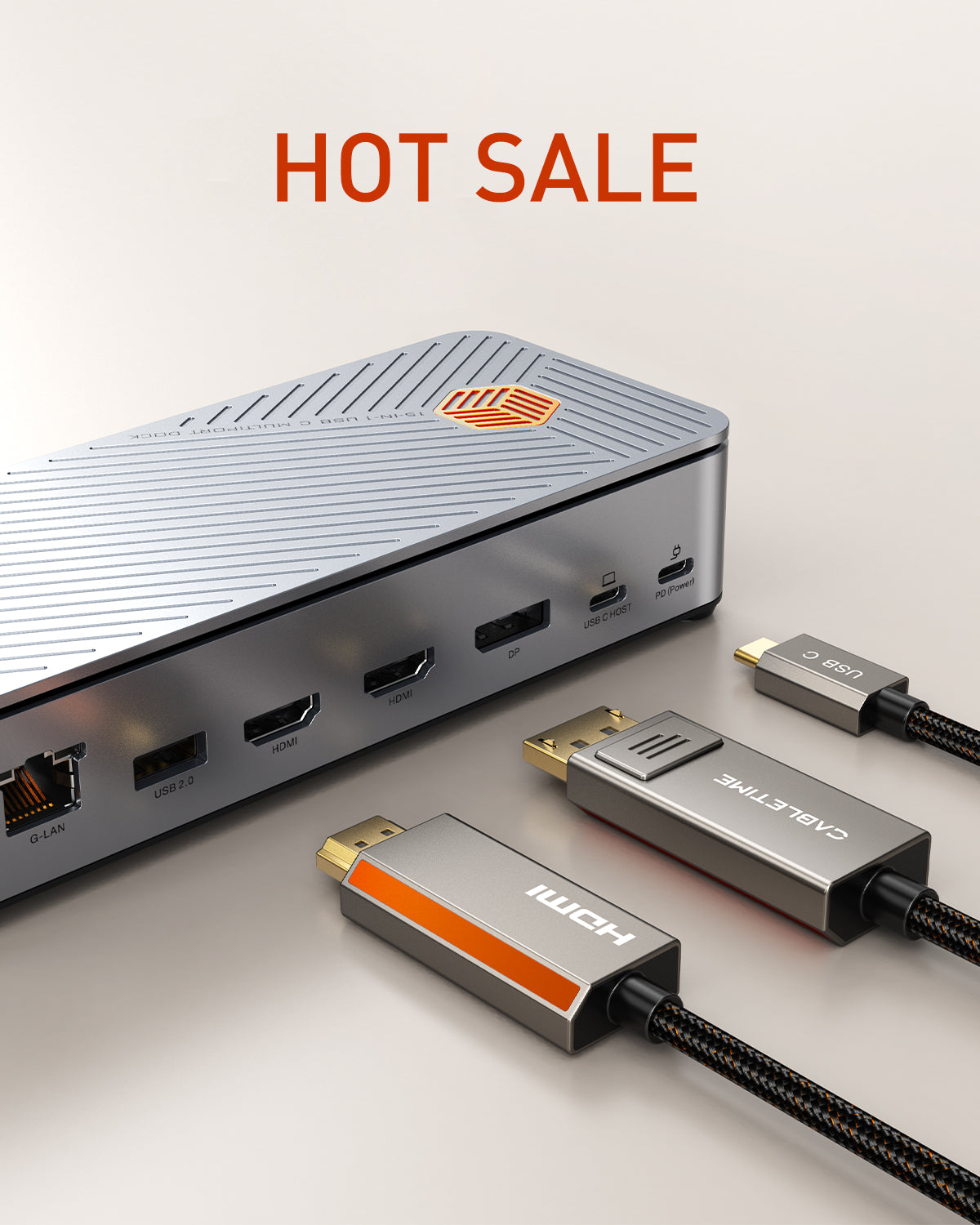
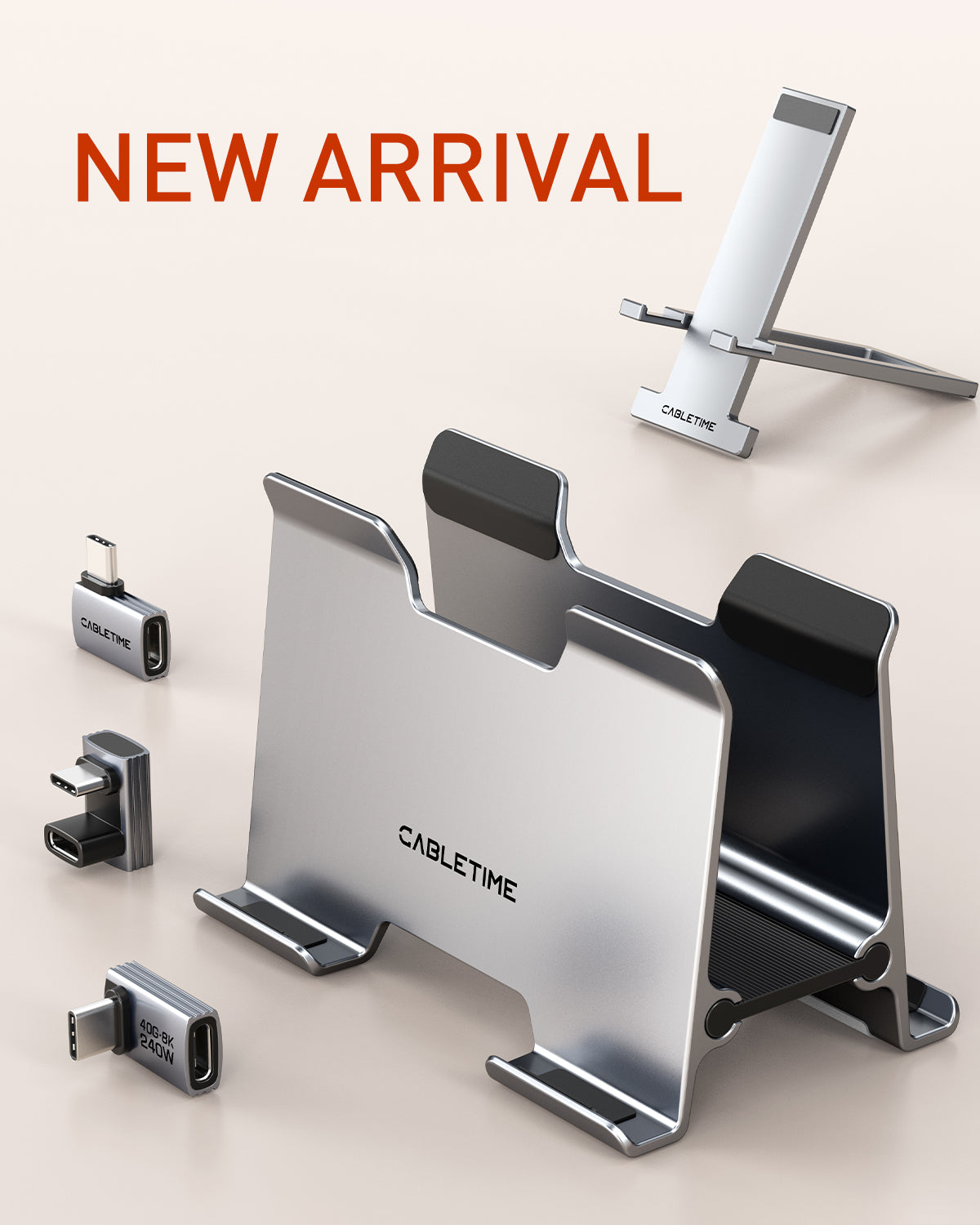
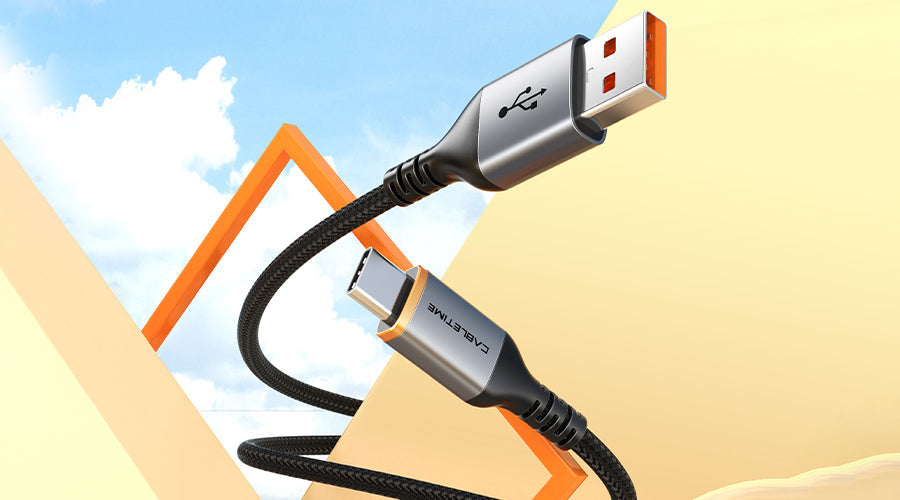
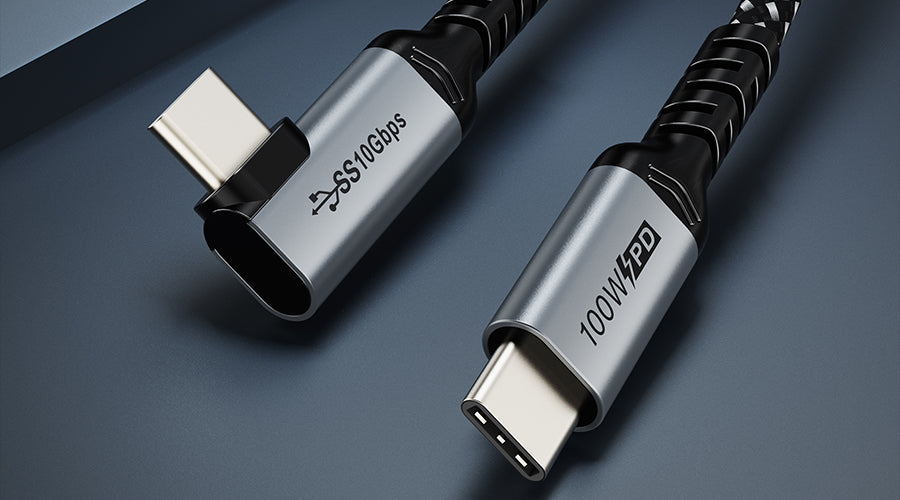
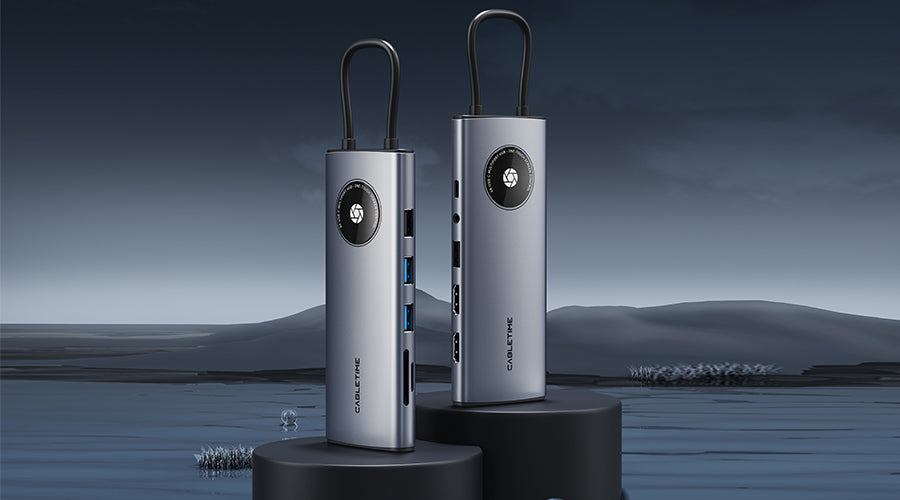
1 comment
Mary Robischon
Can you just tell me which cables to order for these devices and purposes:
Iphone 13 ios18
– for charging
- for syncing to Apple Play in a Honda car
Leave a comment
This site is protected by hCaptcha and the hCaptcha Privacy Policy and Terms of Service apply.